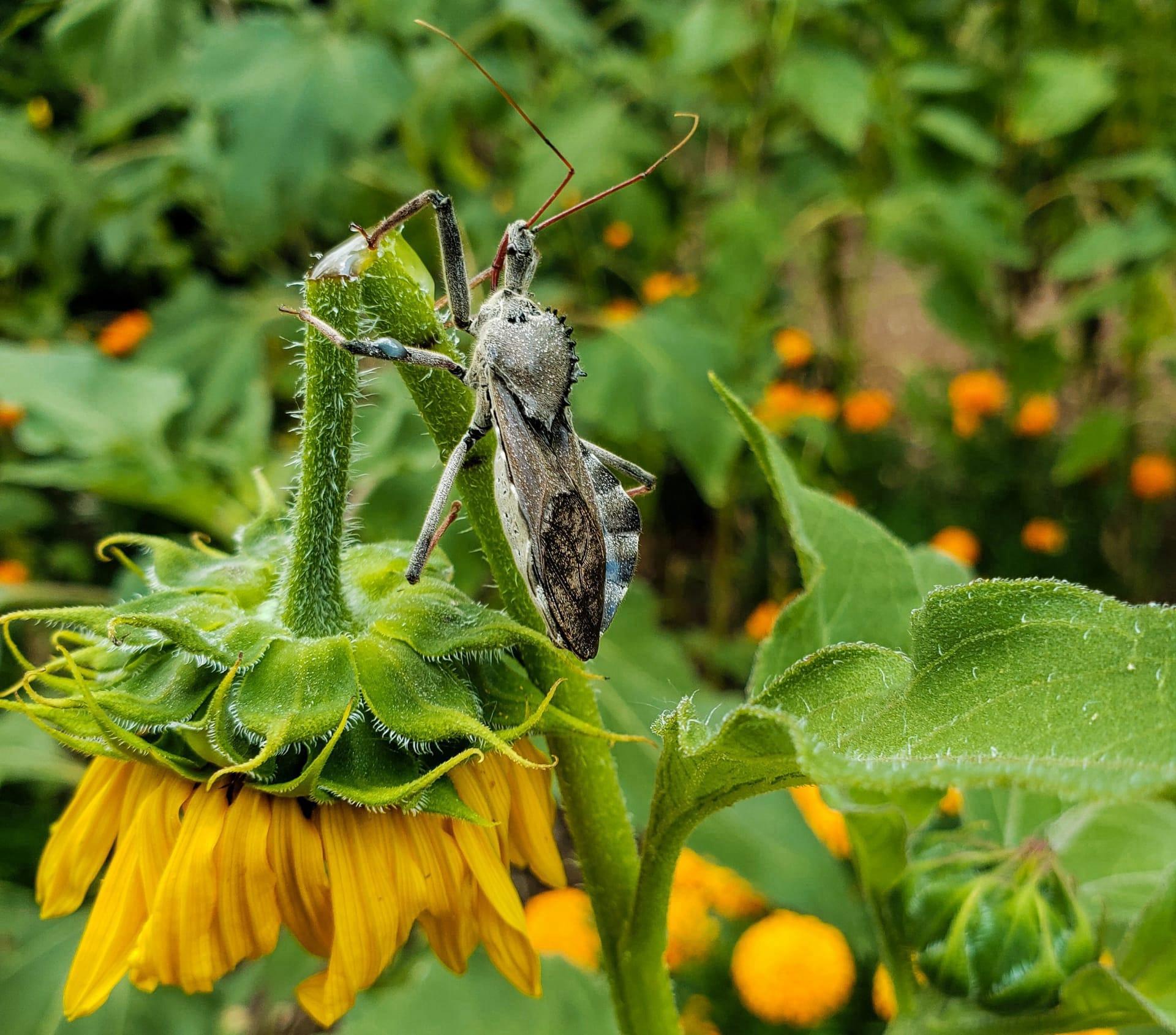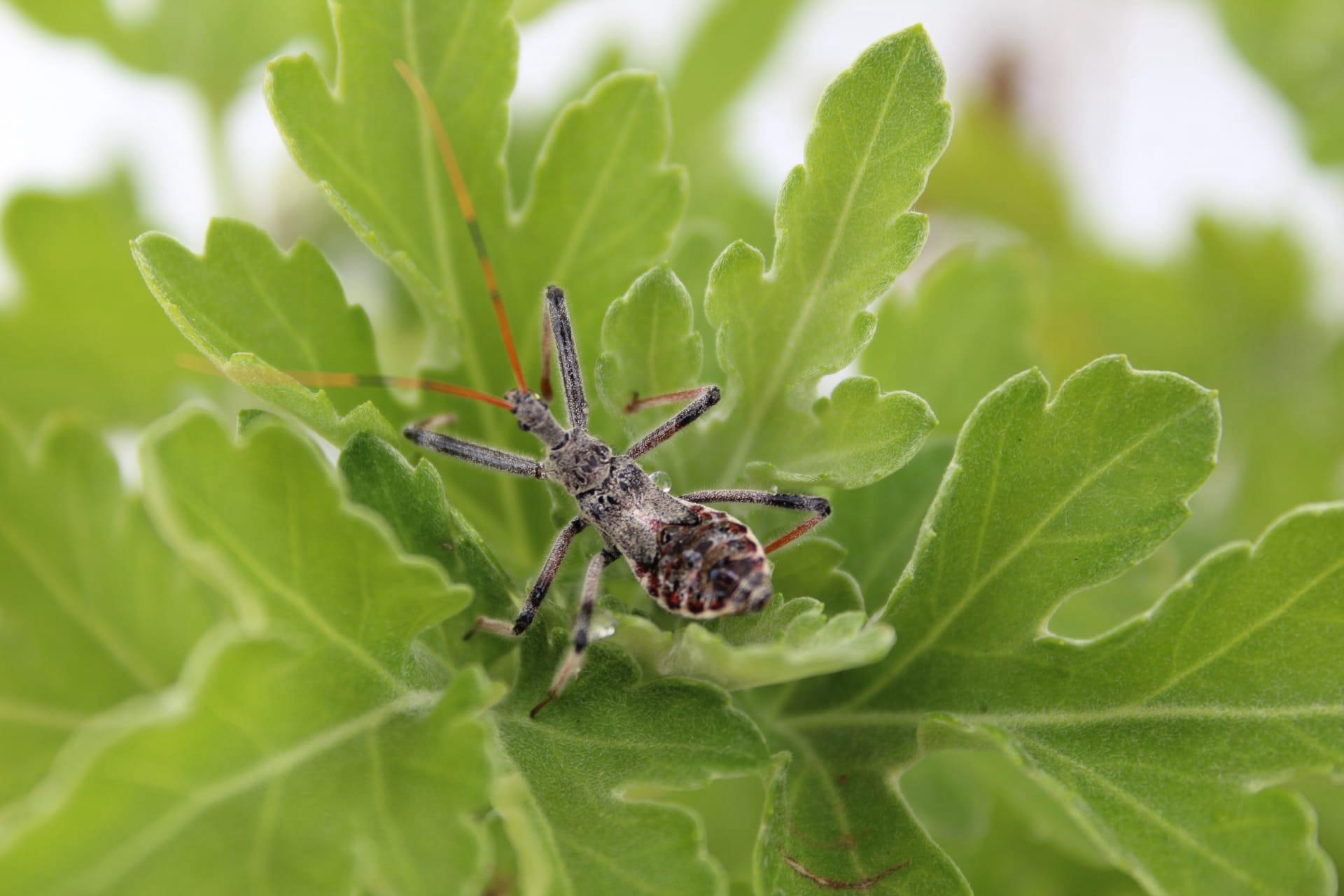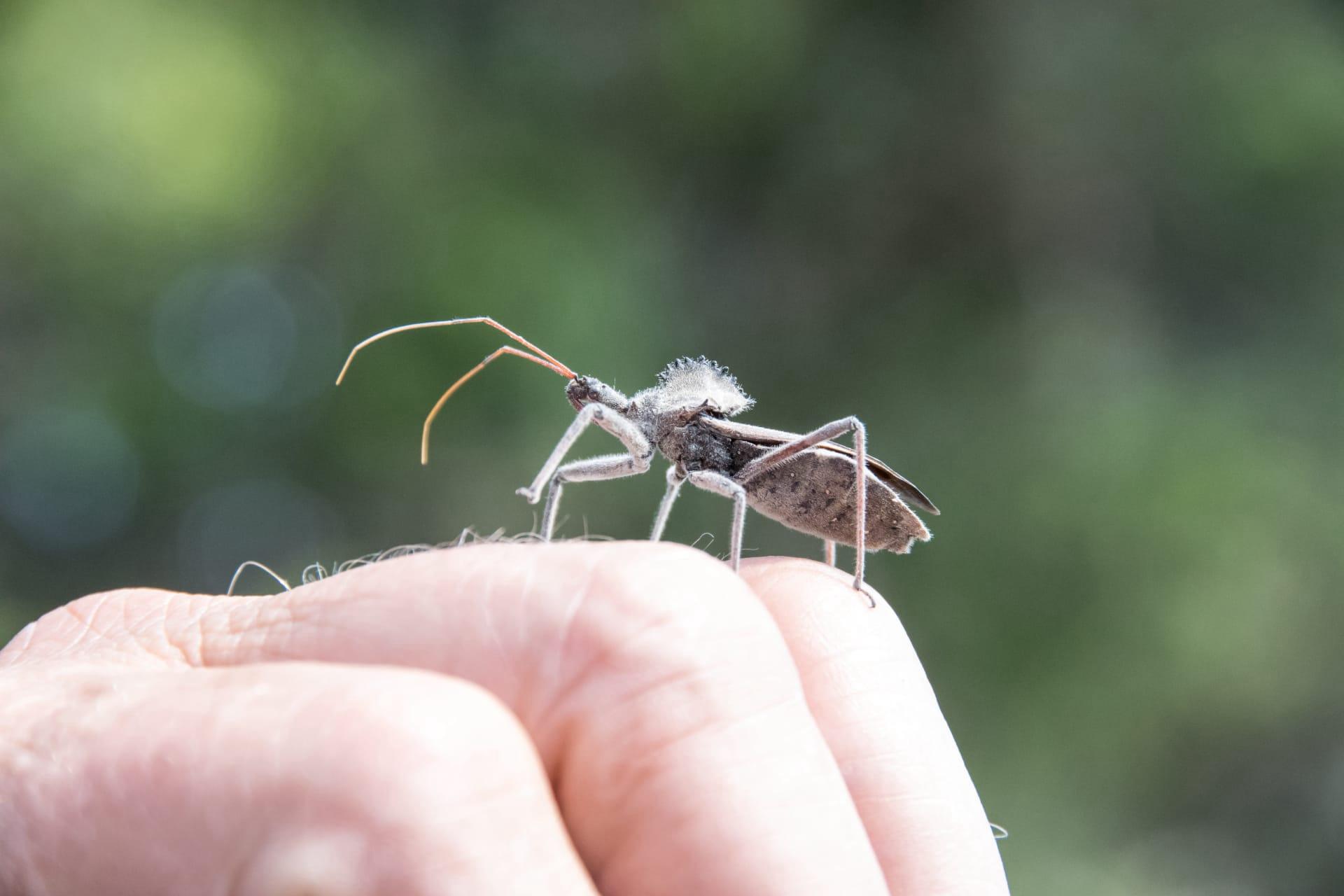Wheel Bug Trivia
- Home /
- Trivia Question /
- Animal /
- Wheel Bug Trivia
1
Question: What is unique about the physical appearance of the Wheel Bug?
Answer: The Wheel Bug, scientifically known as Arilus cristatus, stands out due to its distinctive cog-like crest on its thorax, resembling a tiny, spiky wheel. This crest, formed by a series of semi-circular segments, is around 1 cm in diameter. Additionally, its body, measuring about 1.25 inches (3.2 cm) in length, is predominantly grayish-brown, providing excellent camouflage against tree bark and leaves.
Question: How does the Wheel Bug hunt and feed?
Answer: The Wheel Bug is a formidable predator in the insect world. It uses its long, needle-like mouthpart, called a rostrum, to inject a paralyzing and digestive enzyme into its prey, typically other insects like caterpillars and beetles. This enzyme rapidly immobilizes the prey and breaks down its internal structures, allowing the Wheel Bug to suck out the liquefied tissues. This process can take several minutes, during which the bug remains anchored to its victim.

2
Question: Is the Wheel Bug venomous, and is it dangerous to humans?
Answer: Yes, the Wheel Bug is indeed venomous. It uses its venom primarily for hunting its prey. However, if disturbed or handled carelessly, it can deliver a painful bite to humans. The bite is considered more painful than a bee sting and can cause a localized reaction, including swelling and intense pain that can last several days. Despite this, the bug is not aggressive towards humans and bites are rare.
Question: Do Wheel Bugs fly, and how adept are they at flying?
Answer: Wheel Bugs are capable of flight and possess two wings tucked beneath a hard, protective shell on their backs. However, they are not particularly skilled fliers. Their flights are often short and clumsy, and they prefer to move around by walking. When they do fly, it's typically a rapid, straight-line flight to escape danger or to relocate.

3
Question: What is the life cycle of the Wheel Bug, and how long do they live?
Answer: The life cycle of the Wheel Bug consists of three stages: egg, nymph, and adult. The female lays clusters of barrel-shaped eggs, usually on tree bark, in late summer or fall. These eggs overwinter and hatch into nymphs in the spring. The nymphs undergo five molting stages, gradually increasing in size and developing the characteristic wheel structure. By late summer or early fall, they mature into adults. The entire life cycle from egg to adult is about a year, but adult Wheel Bugs typically live only a few months.
Question: What role do Wheel Bugs play in the ecosystem?
Answer: Wheel Bugs are significant predators in their ecosystems. They help control the populations of other insects, especially those considered pests in gardens and farms. By preying on a variety of insects, they contribute to maintaining a balanced ecosystem. Their presence is often welcomed by gardeners and farmers as a natural form of pest control.

4
Question: Where can one typically find Wheel Bugs, and what is their habitat?
Answer: Wheel Bugs are commonly found in North America, particularly in the eastern and central United States. They thrive in various habitats, including gardens, meadows, woodlands, and orchards. They prefer areas with plenty of vegetation where they can easily hunt and camouflage themselves. These bugs are often seen on trees, shrubs, and tall weeds.
Question: Can Wheel Bugs be beneficial for gardens and agriculture?
Answer: Absolutely! Wheel Bugs are considered beneficial insects for gardens and agricultural areas due to their predatory nature. They feed on a wide range of garden pests, including caterpillars, aphids, and beetles. Their presence can help reduce the reliance on chemical pesticides, making them valuable allies for organic gardening and sustainable agriculture practices.

5
Question: What are the primary threats to the Wheel Bug population?
Answer: The primary threats to Wheel Bugs include habitat loss due to urbanization and agriculture, the misuse of pesticides, and climate change. As they rely on a healthy population of other insects for food, any factor that diminishes their prey can negatively impact Wheel Bug populations.
Question: Are Wheel Bugs solitary, and how do they interact with each other?
Answer: Wheel Bugs are predominantly solitary insects. They come together only for mating purposes and otherwise prefer to hunt and live alone. During the mating season, males and females will find each other using pheromones. Post-mating, they separate and continue their solitary lifestyle. There's little to no social interaction between them outside of mating.